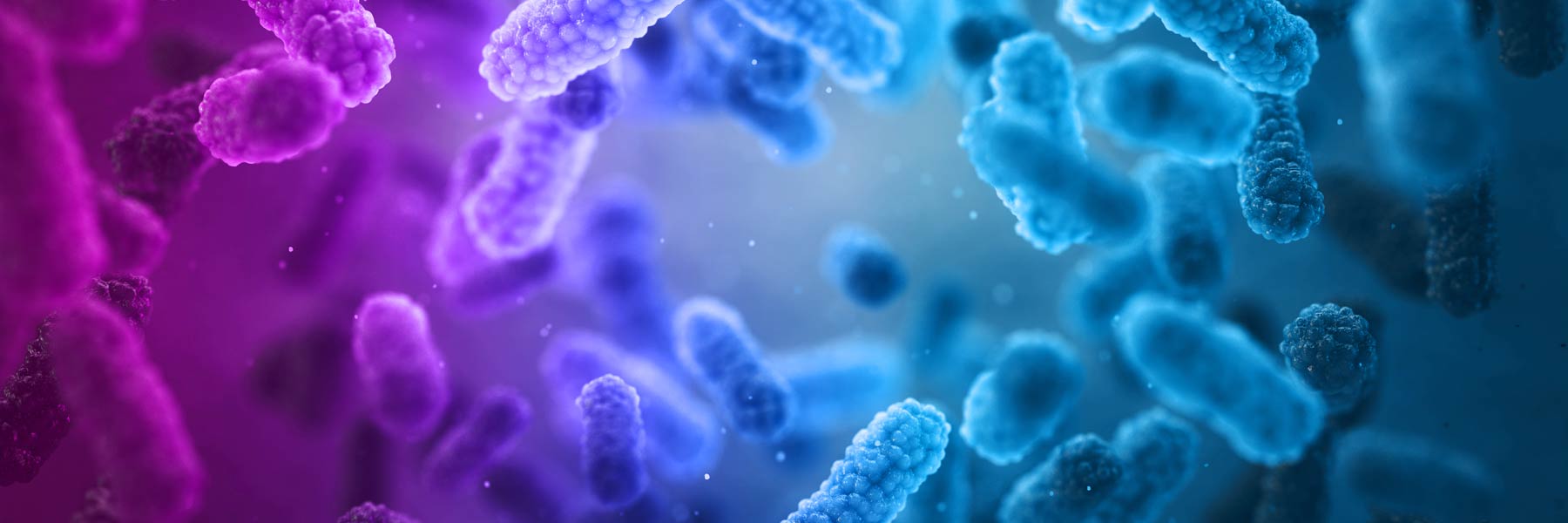2020-02-13
As the microbiome industry grows and evolves, so has our team of microbiome experts. In 2019, DNA Genotek’s parent company, OraSure, acquired both CoreBiome and Diversigen. Through these acquisitions, we gained Diversigen's industry recognized CLIA/CAP state-of-the-art techniques with expert consultative microbiome services, and the strength of CoreBiome's innovative scalable sequencing technology.
In this podcast, Lisa Gamwell, Services Product Manager at DNA Genotek speaks with Dan Knights, Scientific Advisor and former CEO of CoreBiome and Joy Nassif, Vice-President, Services at Diversigen, to discuss their companies and how these teams are going to work together to help microbiome researchers and the industry as a whole. Beyond that, Joy and Dan discuss some of the more unique sample types their teams have analyzed and where they see the future of microbiome analysis. You can listen to the full podcast here and selected highlights are below:
As these teams come together, how are you measuring success and ensuring you are ready to serve your customers moving forward?
"For us, success is a combined organization that continues to deliver a high level of quality science and service to our customer base. We want to be known as the preeminent microbiome support company, helping pharmaceutical and human health researchers solve problems related to the microbiome. As findings move through clinical trials, and ultimately into the clinic, we aim to be an organization capable of supporting the next phase of microbiome research in human health. That said, there is a lot of opportunity outside of human health, whether it’s animal health, agriculture or environmental, they are burgeoning with respect to microbiome and give us areas to grow moving forward." - Joy Nassif
Both teams have processed some unique samples (ex. moon rocks, make-up, wine). What are some challenges in analysing unique sample types?
"You have challenges on the physical wet-lab side, and you have challenges on the data/informatics side. Physically, the goal is to get plenty of microbial DNA out of a sample so that you can sequence, quantify and explore it. If you have a tricky material, such as cotton, it can be hard to get the microbial DNA out, either because it has low amount of microbial DNA or because it has a ton of other DNA contaminating the sample. Once you solve the wet-lab problems and get the DNA out, now you’re in the virtual world and need to analyze it. You have to bring different methods to bear on samples where the microbes are totally unknown and not found in the standard databases." - Dan Knights
What are some challenges in processing human samples, such as stool?
"We love stool samples! The signal is strong and they are very robust. There can be challenges with samples from patients with certain diseases, those who have undergone chemotherapy or people who have Clostridium difficile infections, as these patients can have very low amounts of bacterial DNA and can have more host DNA contamination. However, for the most part, the gut microbiome is the easiest to work with." - Dan Knights
"How you are collecting your samples ultimately determines how successful you are going to be through anyone’s pipeline in the wet-lab. We’ve always been fans of DNA Genotek’s stool collection kit, for stability and compatibility reasons. When you put garbage in, you get garbage out - but when you have a high quality collection device, your method of collection makes sense, and you’re working with an experienced microbiome laboratory, you should have success." - Joy Nassif
As the industry moves towards multiomics, what “omics” do you see helping provide answers in the future? And what are the challenges?
"The first omic of interest to many of our customers today is metabolomics. I think that will be a primary output that researchers would like to start seeing integrated with microbiome data. Human genomic data, as it relates to specific disease and how it interacts with the microbiome data, will be important as well." - Joy Nassif
"The challenge in combining metabolomics and microbiome analysis or genomic analysis, is integrating the structures that we already know about into the analysis. Taking advantage of all of the prior knowledge we have about what metabolic pathways exist, what are the inputs and outputs, what genes are in those pathways. That provides us the framework to leverage the data better than if we just treated every metabolite or microbe as an arbitrary feature." - Dan Knights
Want to learn more about our end-to-end microbiome solution? Reach out to discuss how Diversigen can help with your project.

